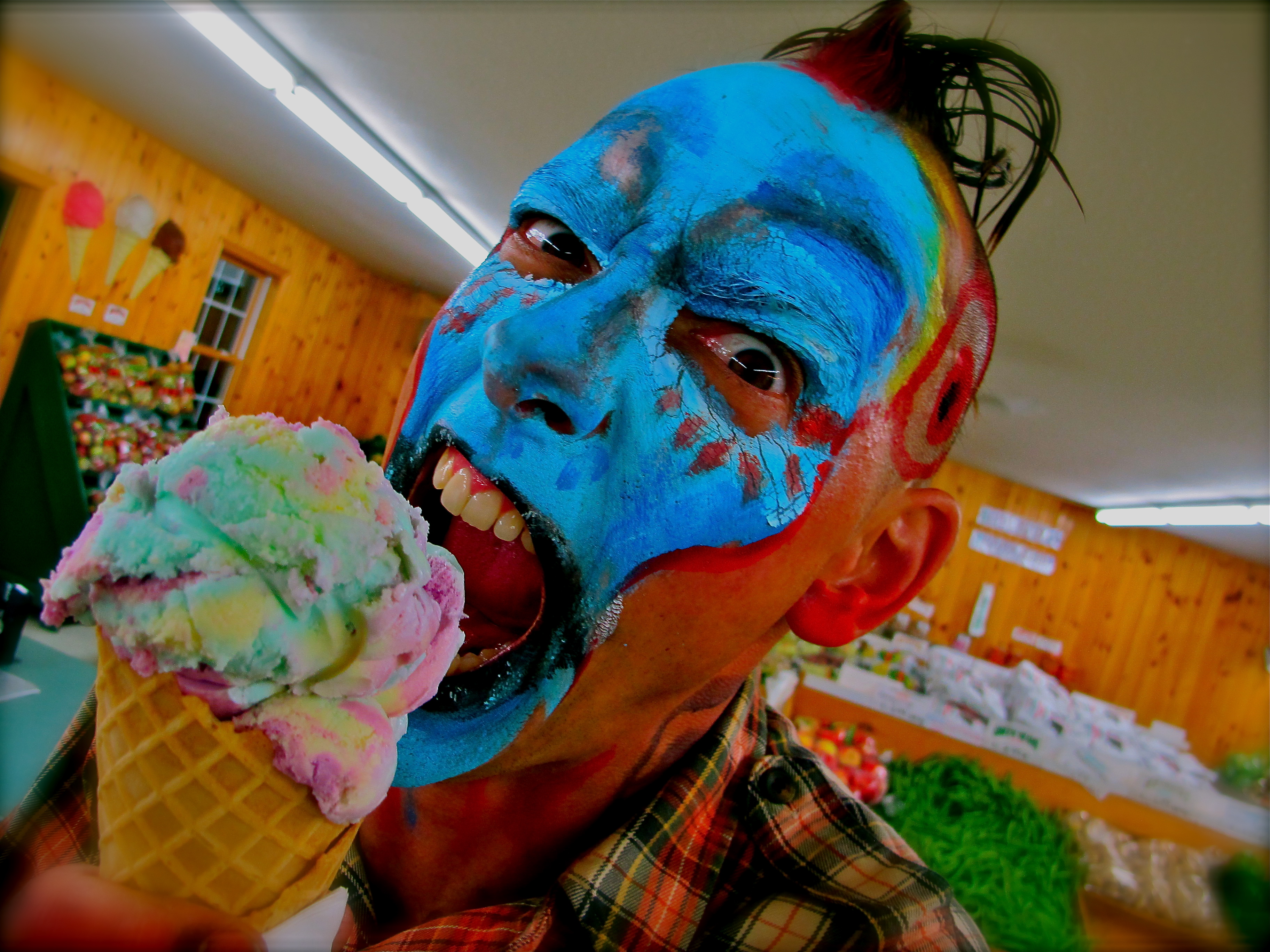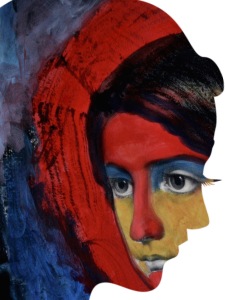encounter rencontre
http://nomorepotlucks.org/site/encounterrencontre-francois-gaudet/
Being Acadian – Métis feels like being caught in an intertidal zone, between fact and fiction, visible, invisible. Quite often I feel lost and encounter myself in others in this metaphorical in-between. Photography proved to be the perfect vehicle to navigate this paradigm. I often consider my work a form of self-portraiture. I grew up in Clare Digby county also called the French shore, an Acadian Ghetto in Southwest Nova Scotia. At a very young age my first exposure to art was at my parish Catholic Church. The central icon of a beautiful buff man on a cross mesmerized me visually. Quite often my artwork will refer to this early encounter and raise questions of identity, religion, sexuality, transgression and paradise lost. I feel these interlocking themes and images attempt to articulate a homeland for myself.
At the age of 11 my dad who was also a photographer gave me my first camera. I quickly became obsessed with the power of this mythic eye. Graduating from art school armed me with a major in photography and a minor in painting. Mixing both disciplines became a natural progression in my art practice. I became fascinated with colonizing the space around the fact of the photograph with the fiction of paint. This palimpsest extends the narrative of the image and allows me to push boundaries of time and space.
I find myself artistically rooted in the tradition of street photography. Upon returning to my native Acadian village the city streets disappeared. Ocean and trees surrounded me. I wanted my images to look like found encounters, a form of hunting with a camera. My subjects could resemble modern day wood nymphs, sprites, and pixies captured in an instant. These supernatural legendary creatures have always been out of sight but perceivable in my mythic acadie.
Acadian, being an oral tradition pushed me to express myself visually. I sometime integrate text in a poetic and cryptic way. Working in Acadian French and in English implies a certain neutrality. A reoccurring theme of in-between or neutrality is echoed in my multidisciplinary approach to art making.
Être Acadien-Métis c’est comme se sentir pris dans une zone intertidale, quelque part entre le fait établi, la fiction, le visible et l’invisible. Souvent, je me sens perdu et me retrouve en les autres, dans ce métaphorique entre-deux. La photographie a été le véhicule parfait pour naviguer ce paradigme. Je considère souvent mon travail comme une forme d’auto « art du portrait ». J’ai grandi à Clare, dans le comté de Digby aussi appelé « the French Shore », un ghetto acadien dans le sud-ouest de la Nouvelle-Écosse. Ma première rencontre avec l’art était à l’église catholique à un jeune âge où l’icône d’un bel homme sur une croix m’a visuellement séduit. Souvent mon œuvre fait référence à cette première rencontre visuelle et soulève des questions d’identité, religion/spiritualité, sexualité, de transgression et de paradis perdu. Je sens que je me construis une patrie, un « homeland », dans ces thèmes et ces images interreliés. À l’âge de onze ans, mon père, qui était aussi photographe, m’a donné ma première caméra. J’ai tout de suite senti la force et le pouvoir de cet œil mythique. Plus tard, ayant complété l’école d’art armé d’une majeure en photographie et d’une mineure en peinture, j’ai naturellement commencé à combiner les deux disciplines dans ma pratique artistique. J’étais fascinée. Je voulais coloniser l’espace en peinture autour du fait photographique. Ce palimpseste prolonge la narration de l’image et me permet de pousser les frontières du temps et de l’espace. Je suis enraciné dans la tradition de la photographie de la rue. Par contre, dans mon village natif acadien, les rues citadines n’existent pas. Les océans et les arbres m’entourent. Je voulais que mes images ressemblent des rencontres, une forme de chasse avec l’appareil photo. Mes sujets peuvent ressembler des nymphes de la forêt, des farfadets, des lutins capturés dans un instant. Ces créatures super naturelles et légendaires normalement hors de vue deviennent visibles dans mon Acadie mythique. 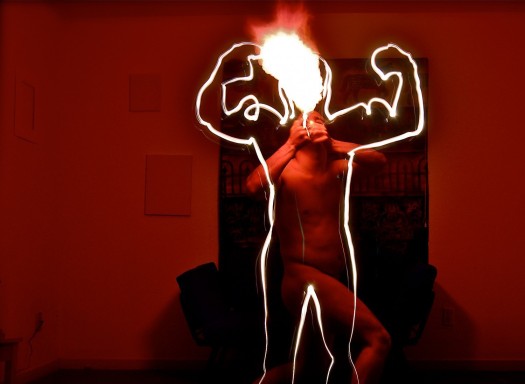 La langue acadienne et sa nature orale m’ont poussé à m’exprimer de manière visuelle. Souvent, j’intègre du texte d’une manière poétique ou cryptique dans mes œuvres visuelles. Aussi, travaillant à la fois en français acadien et en anglais implique une certaine neutralité. Cet enchevêtrement et neutralité font échos dans ma pratique artistique. merci François Gaudet
La langue acadienne et sa nature orale m’ont poussé à m’exprimer de manière visuelle. Souvent, j’intègre du texte d’une manière poétique ou cryptique dans mes œuvres visuelles. Aussi, travaillant à la fois en français acadien et en anglais implique une certaine neutralité. Cet enchevêtrement et neutralité font échos dans ma pratique artistique. merci François Gaudet
Embedded history 🌝 hot shots. Painting and reimagining LP cover art.


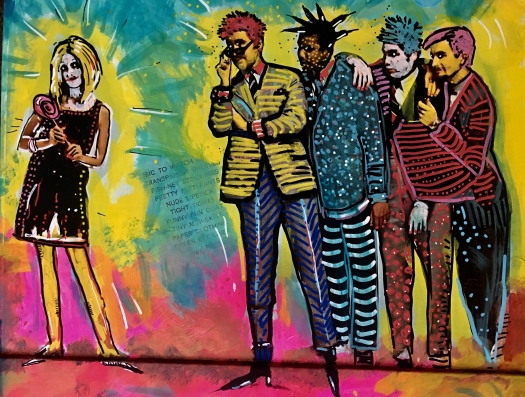

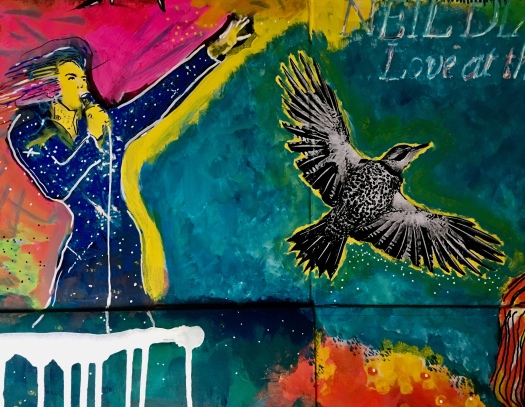





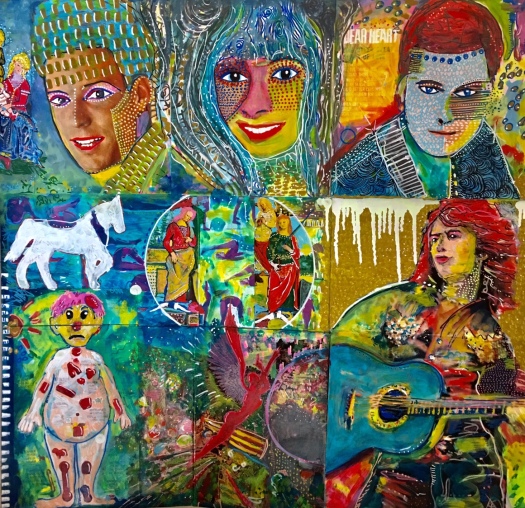

Merci 🙏
François Gaudet
🌲 Vinyl Tree Rings
François Gaudet-painting on vinyl inspired by tree rings -Dendrochronology –
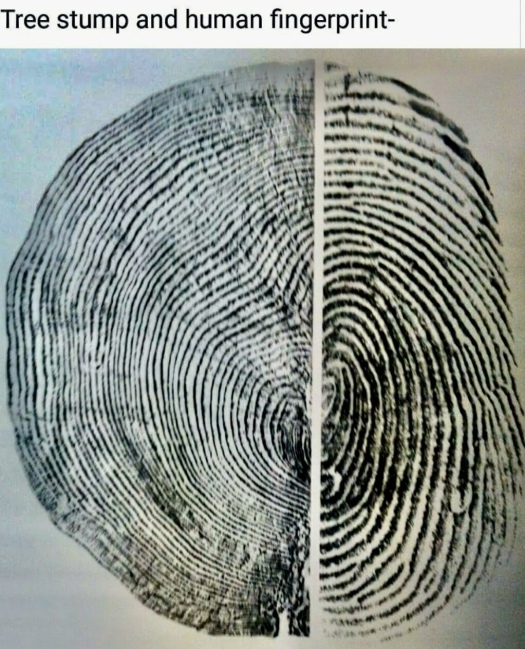





Dendrochronology is the scientific method of dating tree rings to the exact year they were formed. As well as dating them this can give data for dendroclimatology, the study of climate and atmospheric conditions during different periods in history from wood. Wikipedia La dendrochronologie est une méthode scientifique permettant en particulier d’obtenir des datations de pièces de bois à l’année près en comptant et en analysant la morphologie des anneaux de croissance (ou cernes) des arbres. Elle permet également de reconstituer les changements climatiques et environnementaux.
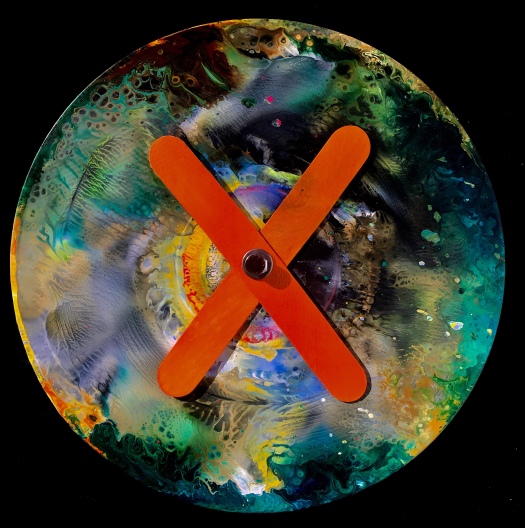












Epiphanie

Dingo blue healer as muse



fleurs du ciel – Skyflowers
“J’ai souvent pensé que si l’on m’avait fait vivre dans un tronc d’arbre sec, sans autre occupation que de regarder la fleur du ciel au dessus de ma tête, je m’y serais habitué.” – Albert Camus “L’étranger”
I often thought that if I had had to live in the trunk of a dead tree, with nothing to do but look up at the sky flowering overhead, little by little I would have gotten used to it. –Albert Camus “L’étranger”
Révangéline
:0
ALMA Georgette Leblanc
Doomsday Clock
The Doomsday Clock is a symbolic clock face, representing a countdown to possible global catastrophe (e.g. nuclear war or climate change). It has been maintained since 1947 by the members of the Science and Security Board of the Bulletin of the Atomic Scientists,[1] who are in turn advised by the Governing Board and the Board of Sponsors, including 18 Nobel Laureates. The closer they set the Clock to midnight, the closer the scientists believe the world is to global disaster.

